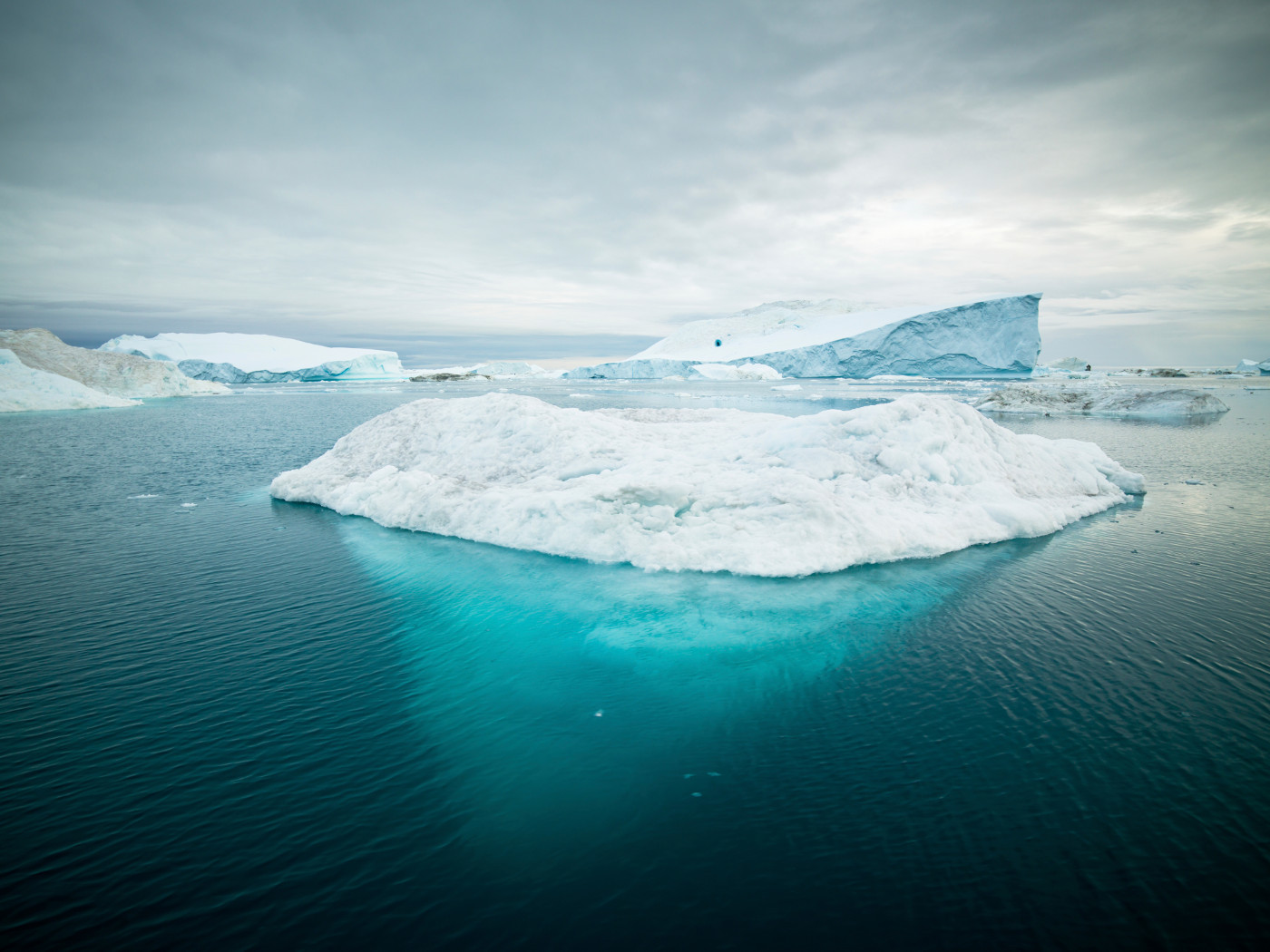The Intergovernmental Panel on Climate Change’s 6th report emphasizes that the Earth is warming, and rapid action is needed to mitigate climate change.
Blog post
The blogpost is written by

The International Energy Agency (IEA) in its 2021 report proposes a scenario where all new oil reserves are not developed to reach the Paris agreement target. The Norwegian oil and gas industry is preparing its future paths toward net-zero emissions (NZE) by 2050, while continuing to supply the world with energy. An energy mix, with the right combination of fossil and renewable energy sources, together with CO2 capture and storage (CCS) is a viable option. Norway is one of the most important providers of energy to Europe and has major opportunities to become a frontrunner in the sustainable energy transition by exporting renewable energy, commercializing CO2 storage and NZE hydrocarbon production. To move the Norwegian Continental Shelf (NCS) into sustainable utilization, a new way of thinking across disciplines and societal acceptance is required. Therefore, it is important to integrate research, education, and innovation to build knowledge and develop technologies towards the optimal utilization of the NCS.
The energy situation in Europe is characterised by historically high prices and a sharp increase in the share of renewable and intermittently variable energy. However, Europe is still dependent on imports, and with the dramatic decrease of Russian gas supply, imports of Norwegian gas have become even more important than before. As a possible consequence of this, industry wants to focus on energy-efficient and improved recovery, in the short term, to produce more and use less of the currently expensive resource of energy. This is both understandable and sensible, but to some extent takes the focus away from more long-term necessities such as energy storage, alternative energy sources and hydrogen. The high energy prices also make it difficult to put in place another important piece of Norway's climate goal, namely electrification of the nation's oil and gas production.
A “Sustainable Subsurface Value Chain” includes both cost- and energy-efficient NZE oil and gas production, utilization of reservoirs for renewable energy production and storage of CO2 and other waste disposal in near field areas. Reutilization of existing infrastructure in an optimal manner (circular economy) and connection to other value chains, e.g. CO2 transport and storage, and offshore wind energy, are paramount.
The NCS2030 research centre is a cooperation between government agencies, industry and research and academic organisations. This blog will focus on the energy dilemma and how researchers from the centre are contributing to NZE and climate goals while simultaneously contributing to the energy security of Norway and Europe.
